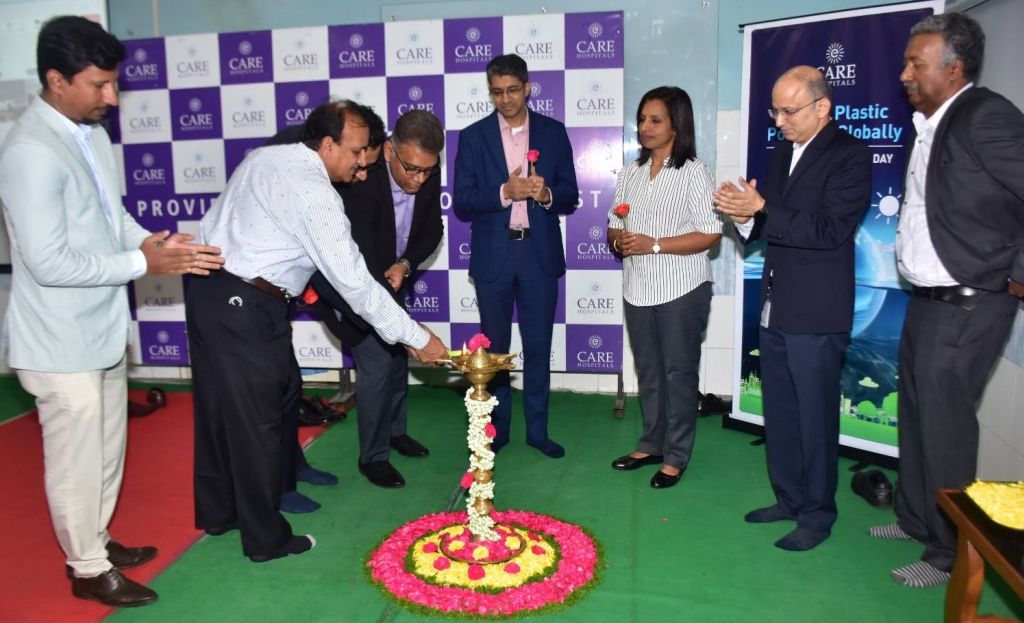Indian scientists discover a new correlation using 100 years of solar data
Astronomers have discovered a new correlation using 100 years of solar data from the Kodaikanal Solar Observatory, which will help predict the maximum strength of the upcoming solar cycle and also help in space weather prediction. The complexity of the solar cycle and space weather prediction are important areas of current research, including in India. Space weather is related to the varying conditions in the solar system and its heliosphere as influenced by the Sun and the solar wind.
The main components of space weather are solar wind, coronal mass ejections, and solar flares. They can compress the Earth's magnetosphere and activate geomagnetic storms, which can affect communications and power transmission, damage spacecraft electronics, and endanger the lives of astronauts. Thus, space weather has a profound impact on modern civilization.
Space weather is complex because the Sun's activity follows a roughly 11-year periodic cycle, measured in terms of variations in the number of sunspots observed on the Sun's surface. During the solar cycle, solar activity fluctuates from periods of minimum activity to periods of maximum activity. This affects space weather, Earth's atmosphere, and climate variations. There is also cycle-to-cycle variation in the strength of the solar cycle, which, in turn, affects related phenomena. Therefore, predicting the amplitude of the solar cycle is one of the great challenges in astrophysics.
“We were also able to establish that this correlation is weak or insignificant at other times. During other times of the solar cycle the lane thickness does not have predictive power on the strength of the next cycle,” said Prof B Ravindra, co-author of the study along with Prof Jagdeo Singh and Prof Muthu Priyal. Thus the strong correlation of the two parameters provides an easy way to predict the strength of the next sunspot cycle. These results, published in the Astrophysical Journal Letters, are significant in space weather predictions and solar radiation variations.
Publication link: https://doi.org/10.3847/2041-8213/ad13e9



